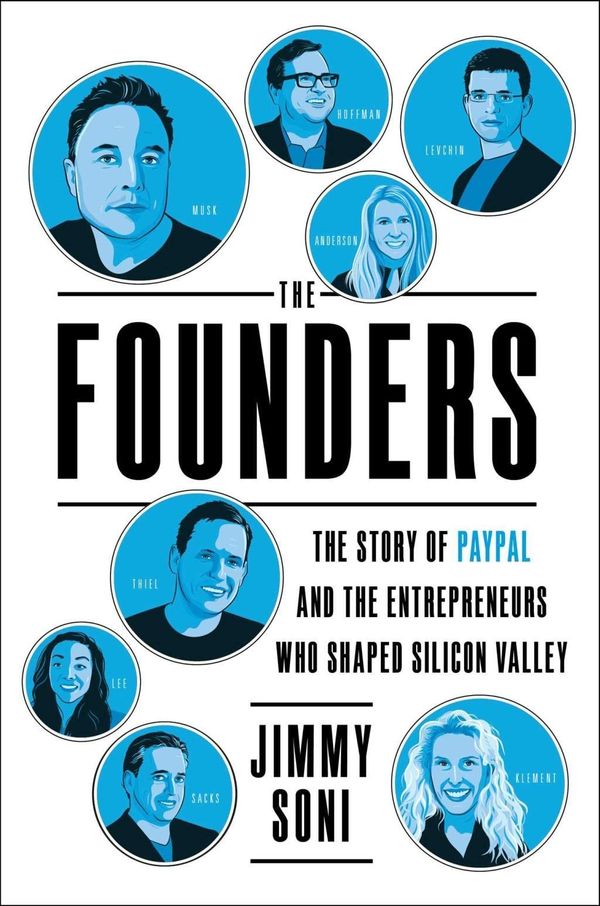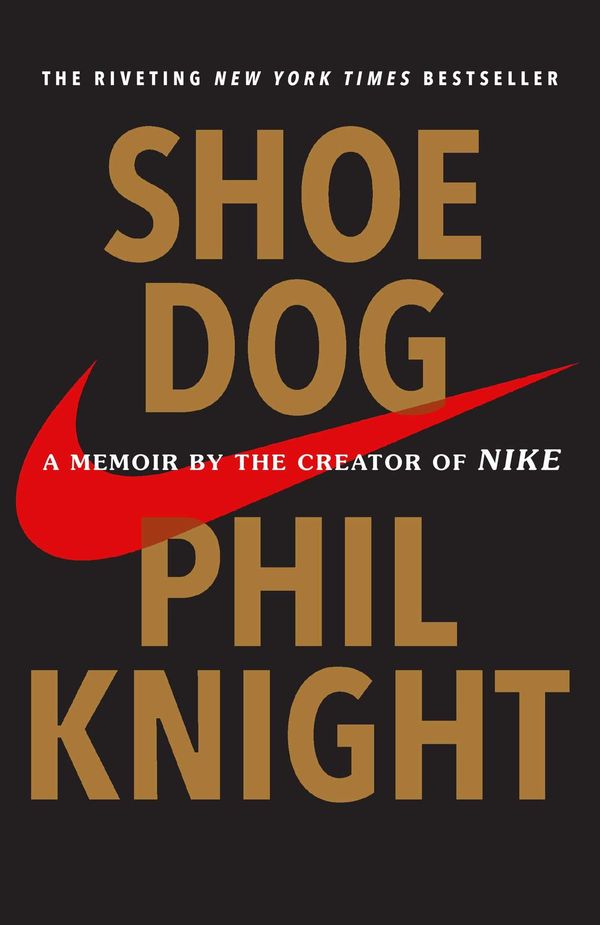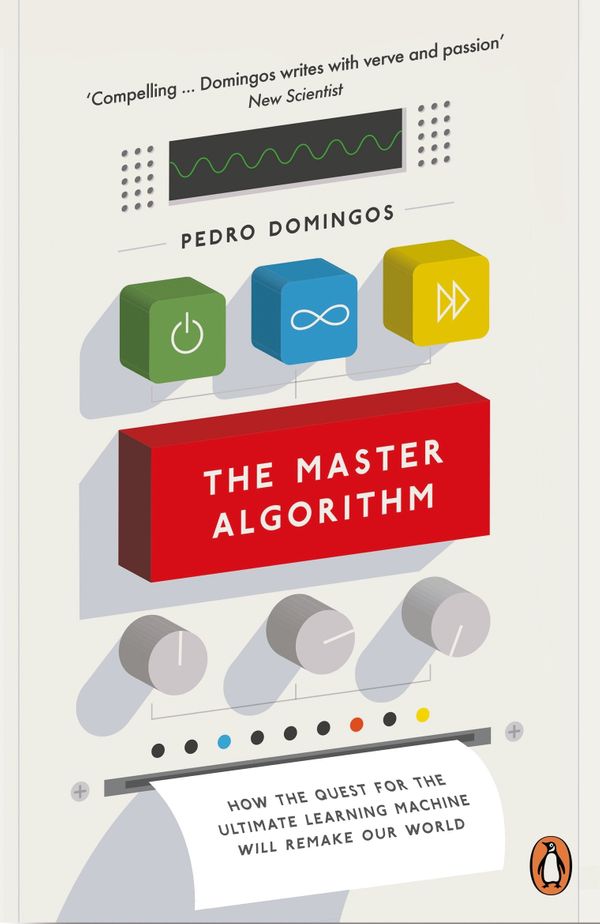By Daniel Pink (2013)
Pages: 272, Final verdict: Should-read
One of top 10 most viewed TED talks of all time. More than 2 millions books sold. Not a bad resume.
I recently read the 2013's book from Daniel Pink, where he shows us how we are all in the sales, and tells us the secrets to become better at moving others.
The sales pitch has changed. Information asymmetry is no longer the status quo in our age of information. Buyers are more conscious of what they need, where they should get things, and how much they are worth. Door to door selling is on the verge of disappearing and new sales channels such as Facebook or Instagram have taken the front seat.
Sales needs to adapt to a new age...but how many of us are in sales to begin with?
Studies show us that about 1 in 9 workers are salespeople. While that might surprise you, Daniel Pink explores the fact that the other 8 spend about 40% of their time in "non-sales selling" activities. This is the time we spend influencing, persuading and convincing others to do something, not involving a purchase.
Are you in the business of moving others? According to the author, almost certainly yes.
This is the underlying principle that sparks the first part of the book. Given the importance of moving others in our life, we ought to know how to do a better job at it.
We then enter the second part of the book: "How to Be". Here we explore how the sales motto has changed from one ABC - "always be closing", to another:
Attunement - The ability to act based on the other person's perspective
Buyoancy - How being positive in the midst of rejection can improve your performance
Clarity - The capacity to identify the real problems that others have not realized they had yet. Moving from a problem-solving mindset, to a problem-finding one.
Part of being an innovative leader is being able to frame a problem in interesting ways...to see what the problem really is before you jump in to solve it
Each chapter is filled with real life examples, studies and research from around the globe. Additionally, it includes a sample case for you to try the principles for yourself. This gives another dimension to be book, as it brings you to reality through every step of the journey.
In the last part of the book we move from theory to action, and the 3 pilars to improve your ability to move others are presented:
Pitch | Improvise | Serve
From unveiling the story behind the "elevator pitch" expression, showing you how to improve your sales pitch by getting inspiration from Pixar and bringing up examples from Kenyan traffic accidents, in this chapter the book gets (even) more practical.
The book continues with another sample case, and closes with a some food for thought.
After you finish what you are selling, is the world a better place than when you started?
Bottom line
Simple, interesting and straight to the point, "To sell is human" is a fun read. A few more up to date examples and a bit more "juice" in some chapters would have made it even better.
Still, if you feel that non-selling sales is an intricate part of what you do, I would definitely recommend spending a Saturday afternoon learning more about the magical art of moving others from Daniel Pink.
Further learning:
- Buy the book online.
- Getting to Yes: Negotiating an Agreement Without Giving In
- Impro: Improvisation and Theatre



